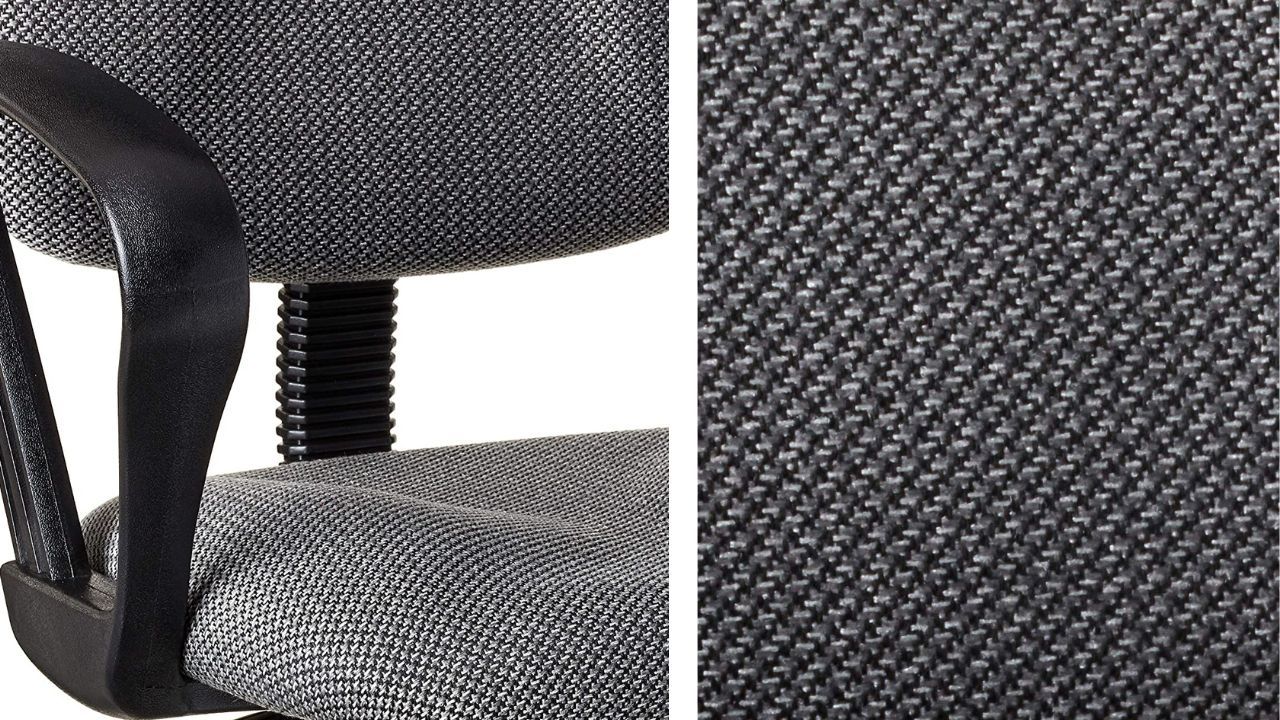How to Reupholster a Chair in 7 Easy Steps
Do not throw your old chair out! Bring it back to life with a few easy steps! Read to see!

Reupholstering your own furniture can feel like an impossible task, especially if you’re starting from square one. But before considering a costly trip to the upholsterer or a visit to the furniture store, take heart in the fact that with a few days’ worth of effort and the right tools, you can bring your chairs back to life.
In this article, we’ll give you the rundown on how to reupholster a chair in seven steps. So, fasten your safety goggles, and let’s get started on reviving your furniture!
In order to reupholster a chair, you will need the following items:
1. Upholstery fabric of your choice – enough for covering the chair, scissors, and pins for cutting and fastening the fabric.
2. A staple gun and staples for attaching the upholstery fabric to the chair frame.
3. A hammer or mallet for securely attaching the staples to the frame.
4. A screwdriver and screws for removing any existing staples from the chair frame (if necessary).
5. Protective gloves are recommended when handling sharp objects such as sharp scissors, screws, or staple guns.
6. If needed, extra stuffing or foam to be used inside the chair seat and back cushions.
7. An optional sewing machine for sewing complicated cuts such as curved edges or to sew together pieces of fabric before upholstering them onto the chair frame.
8. An upholstery brush (or an old toothbrush) to help remove loose dirt and debris from the seams of the chair before beginning to reupholster it.
Step One: Remove the Old Upholstery
The first step in reupholstering a chair is to remove the old upholstery. You will need to use a staple remover or a flat head screwdriver to carefully remove the staples that are holding the old material in place.
Be sure to remove all of the staples and any loose fabric, foam, or batting before proceeding.
Step Two: Make Necessary Alterations
Once you have removed the old upholstery, examine the piece of furniture to determine if any alterations need to be made.
This can include cutting out excess fabric, replacing broken parts, reinforcing weak spots, etc. Make sure that these repairs are completed before moving on to step three.
Step Three: Prepare the New Material
After making repairs or alterations, it is time to prepare your new material for installation.
Measure the size of your chair, and cut enough fabric to cover it with several inches extra on all sides.
Staple this material onto the backside of your furniture with a heavy-duty stapler; however, be careful not to pull too tight as this can create unattractive wrinkles in the material.
Step Four: Install Springs or Webbing
Once your new material is attached, it’s time to add springs or webbing underneath it.
Depending on the type of furniture and fabric you’ve chosen, you may opt for either a heavy-duty spring installation using tension clips or a webbing system with springs that are mechanically linked together.
Make sure these components are securely attached before moving on.
Step Five: Stuff with Foam & Batting
Next comes stuffing your piece of furniture with foam and batting. Start by spreading a light layer of batting over your springs/webbing and then pad it out with more layers of foam until you have reached the desired fullness.
Use sharp scissors to trim away any excess material around edges if necessary.
Step Six: Attach Skirt & Finish Sewing Edges
Now that your piece of furniture is filled with padding and ready for upholstering, attach a skirt (if desired) and then finish sewing down all exposed edges along with any pleats or scalloped hems.
Carefully inspect your work at this point in order to make sure there are no gaps between pieces of finished material.
Step Seven: Attach Decorative Trim (optional)
If desired, you can now add some decorative trim such as welting or piping along your furniture’s edges.
How to Reupholster a Chair in 7 Easy Steps
So there you have it folks! Congratulations if you followed this procedure because you have upholstered your own chair; and have possibly saved some money! Reupholstering chairs can be a time-consuming task but is well worth it once you see how beautiful your new masterpiece looks!
However, if you do not have the time to reupholster a chair and you are looking for an office chair then click the button below to see what chairs that we have recommended just for you!

